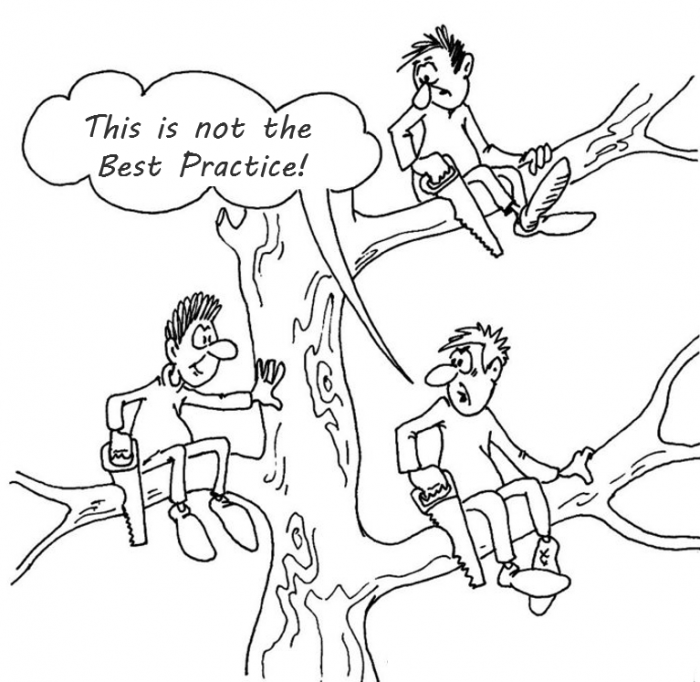I have noticed that planners often mix up ‘Best scheduling practice’ with ‘Best workarounds’ in a particular scheduling tool.
When they heavily apply one of the scheduling tools, they start to believe that the necessary workarounds are the best planning and scheduling practice, refuse to learn alternatives and even debate that other tools must support such workarounds. The same applied to some project risk managers.
I think such behaviour is due to Overconfidence bias.
Overconfidence Bias
Overconfidence bias is cognitive error that leads individuals to overestimate their ability and knowledge, leading to poor decision making.
How to avoid ‘Overconfidence Bias’ trap in planning and scheduling?
- 1. Learn theories behind planning and risk management.
- This forum has many valuable discussions and links. And of course, PP compendium has a lot of theory. I don't understand why no one discuss the compendium in this forum. Does anyone actually read it?
- Always be curious about what a tool can’t do, whether workarounds are possible, and if they are, think about the downsides. PP is a great source learn about tool bottlenecks.
- 2. Look for chances to learn about other tools.
-
- PP has four sub-forums for Microsoft Project, Primavera, Spider Project and Asta PowerPoint. Be curious about a tool that you don't apply now. There are interesting problems, ideas and methods. You may find that what you think is the Best Practice actually is best Workaround. Workarounds usually address one problem but ignore or even create others.
Remember, a not-so-great specialist knows what a tool can do. A good one understands the problems and workarounds. An excellent specialist also knows the bad side of workarounds and can suggest other tools when needed.






